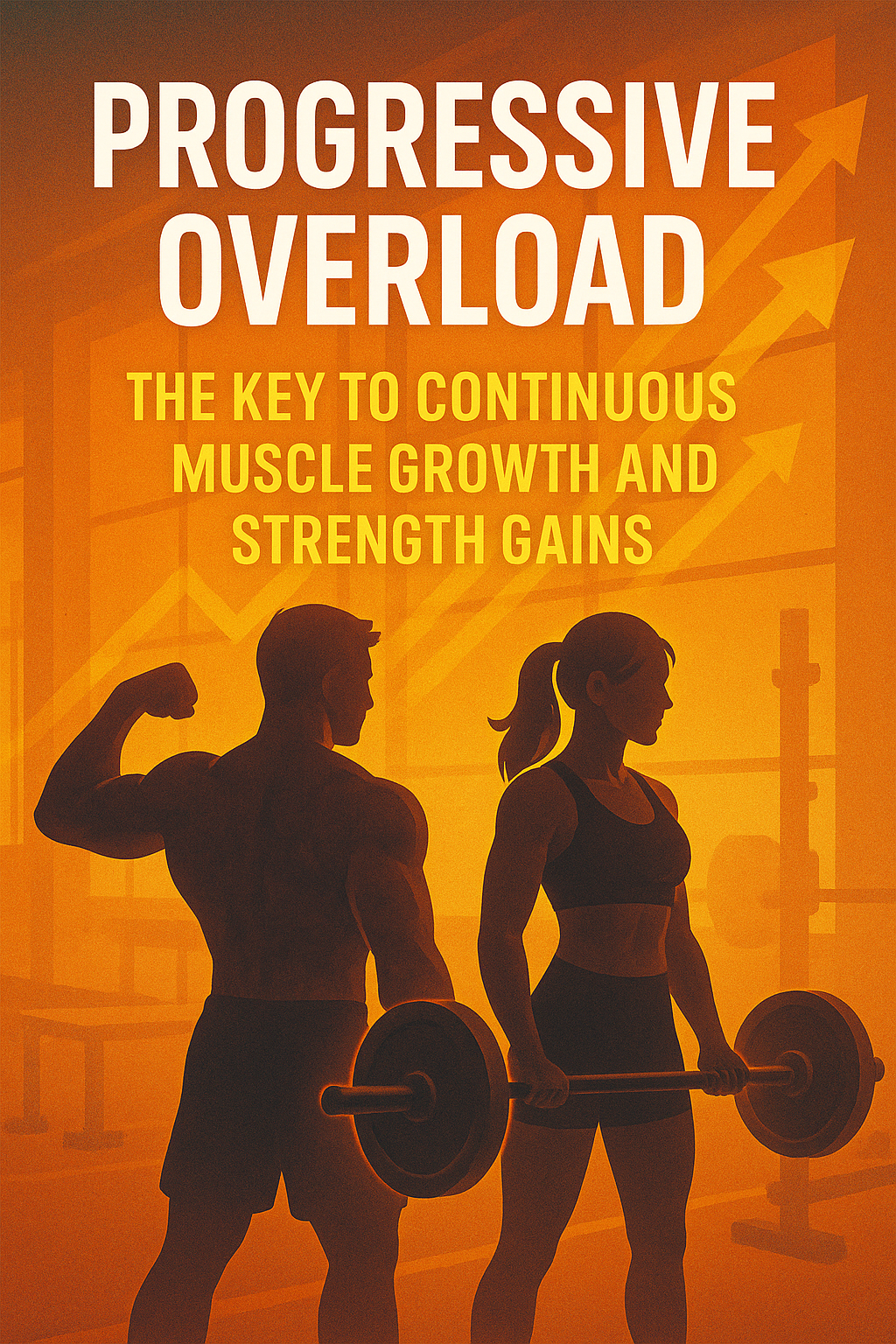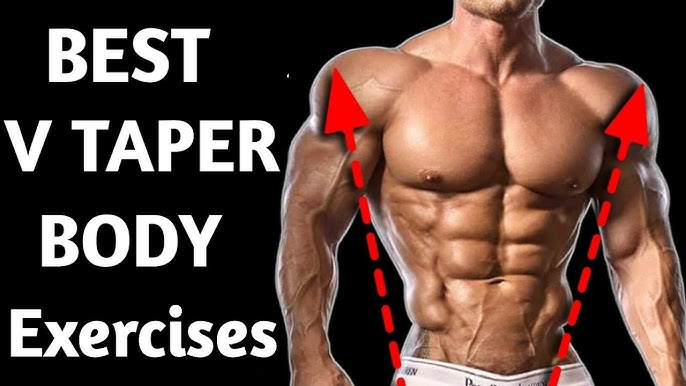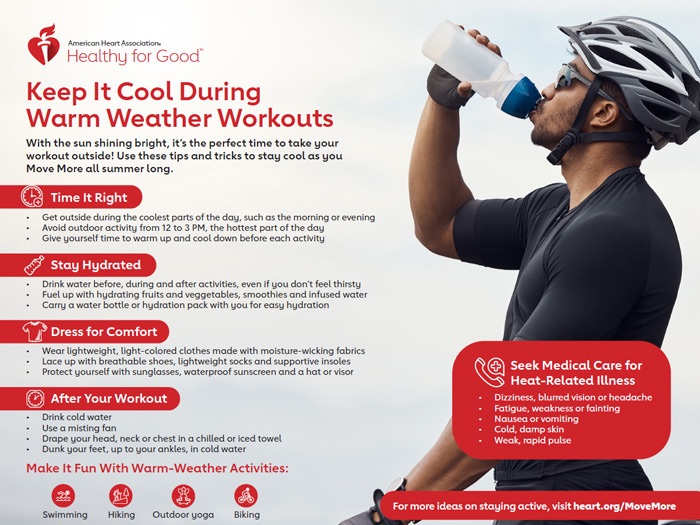Introduction
The Importance of Strong Calf Muscles
When it comes to building strong, toned legs, many of us focus on exercises like squats, lunges, and deadlifts. However, there’s another crucial muscle group that’s often overlooked: the calf muscles. Strong calf muscles are essential for athletic performance, balance, and overall lower leg strength.
Why Strong Calf Muscles Matter
Strong calf muscles play a vital role in many everyday activities, including:
Walking and running: Calf muscles help propel you forward and absorb shock with each step.
Jumping and landing: Calf muscles help you explosively jump and safely land, reducing the risk of injury.
Balance and stability: Calf muscles help you maintain balance and stability, reducing the risk of falls and injuries.
The Benefits of Building Stronger, More Toned Calves
Building stronger, more toned calves offers numerous benefits, including:
Improved athletic performance: Stronger calf muscles can enhance your speed, agility, and overall athletic performance.
Reduced risk of injury: Strengthening your calf muscles can reduce the risk of injuries, such as calf strains and Achilles tendonitis.
Better balance and stability: Toned calf muscles can improve your balance and stability, reducing the risk of falls and injuries.
Enhanced aesthetics: Well-developed calf muscles can enhance the overall appearance of your legs, boosting your confidence and self-esteem.
The Purpose of This Post
In this post, we’ll provide a comprehensive guide to building stronger, more toned calves. We’ll cover the best exercises, tips, and tricks for targeting the calf muscles, including:
Bodyweight exercises: We’ll explore the most effective bodyweight exercises for building strong calf muscles.
Resistance band exercises: We’ll discuss the benefits of using resistance bands to target the calf muscles.
Weightlifting exercises: We’ll cover the most effective weightlifting exercises for building strong, toned calf muscles.
Tips and tricks: We’ll provide expert tips and tricks for getting the most out of your calf workouts and achieving your fitness goals.
Whether you’re an athlete, a fitness enthusiast, or simply looking to improve your overall lower leg strength, this post will provide you with the knowledge and tools you need to build stronger, more toned calves.
Understanding Calf Anatomy: The Key to Effective Calf Training
Before we dive into the best exercises for building strong, toned calf muscles, it’s essential to understand the anatomy of the calf muscles. In this section, we’ll explore the anatomy of the calf muscles, including the gastrocnemius and soleus muscles, and discuss their role in movement and stability.
The Anatomy of the Calf Muscles
The calf muscles are located in the lower leg and consist of two main muscles:
Gastrocnemius muscle: The gastrocnemius muscle is the larger of the two calf muscles and is located on the outer aspect of the lower leg. It has two heads (medial and lateral) that converge to form a single tendon that attaches to the heel bone.
Soleus muscle: The soleus muscle is the smaller of the two calf muscles and is located on the inner aspect of the lower leg. It runs from the knee to the ankle and attaches to the heel bone via the Achilles tendon.
The Role of the Calf Muscles in Movement and Stability
The calf muscles play a crucial role in movement and stability, including:
Plantarflexion: The calf muscles are responsible for plantarflexion, which is the movement of the foot downward, away from the shin.
Ankle stability: The calf muscles help to stabilize the ankle joint, providing support and balance during movement.
Propulsion: The calf muscles help to propel the body forward during activities such as walking, running, and jumping.
Shock absorption: The calf muscles help to absorb shock and reduce the impact of landing during activities such as running and jumping.
How the Calf Muscles Work Together
The gastrocnemius and soleus muscles work together to provide a wide range of motion and stability to the ankle joint. The gastrocnemius muscle is responsible for the initial contraction and provides the majority of the force, while the soleus muscle provides additional support and stability.
Understanding the anatomy and function of the calf muscles is essential for effective calf training. By targeting the gastrocnemius and soleus muscles with specific exercises, you can improve ankle stability, propulsion, and shock absorption, and achieve stronger, more toned calf muscles.
Best Calf Exercises: A Comprehensive Guide
Now that we’ve covered the importance of strong calf muscles and the anatomy of the calf muscles, it’s time to dive into the best exercises for building strong, toned calf muscles. In this section, we’ll cover the best bodyweight exercises, resistance band exercises, and weightlifting exercises for targeting the calf muscles.
Section 1: Bodyweight Exercises
Bodyweight exercises are a great way to build strong calf muscles without any equipment. Here are some of the best bodyweight exercises for targeting the calf muscles:
Calf Raises
1. Stand on the edge of a step or curb: Stand on the edge of a step or curb with your heels hanging off the edge.
2. Raise up onto your tiptoes: Raise up onto your tiptoes, squeezing your calf muscles at the top of the movement.
3. Lower back down to the starting position: Lower back down to the starting position, repeating for 12-15 reps.
Seated Calf Raises
1. Sit on the floor with your legs straight out in front of you: Sit on the floor with your legs straight out in front of you.
2. Lift your heels off the ground: Lift your heels off the ground, raising up onto your tiptoes.
3. Lower back down to the starting position: Lower back down to the starting position, repeating for 12-15 reps.
Standing Calf Raises
1. Stand on a flat surface with your feet shoulder-width apart: Stand on a flat surface with your feet shoulder-width apart.
2. Raise up onto your tiptoes: Raise up onto your tiptoes, squeezing your calf muscles at the top of the movement.
3. Lower back down to the starting position: Lower back down to the starting position, repeating for 12-15 reps.
Section 2: Resistance Band Exercises
Resistance band exercises are a great way to add some extra challenge to your calf workouts. Here are some of the best resistance band exercises for targeting the calf muscles:
Banded Calf Raises
1. Anchor the resistance band at ankle height: Anchor the resistance band at ankle height, standing on the band with your feet shoulder-width apart.
2. Raise up onto your tiptoes: Raise up onto your tiptoes, squeezing your calf muscles at the top of the movement.
3. Lower back down to the starting position: Lower back down to the starting position, repeating for 12-15 reps.
Banded Seated Calf Raises
1. Anchor the resistance band at ankle height: Anchor the resistance band at ankle height, sitting on the floor with your legs straight out in front of you.
2. Lift your heels off the ground: Lift your heels off the ground, raising up onto your tiptoes.
3. Lower back down to the starting position: Lower back down to the starting position, repeating for 12-15 reps.
Section 3: Weightlifting Exercises
Weightlifting exercises are a great way to build strong, toned calf muscles. Here are some of the best weightlifting exercises for targeting the calf muscles:
Calf Press
1. Sit in a calf press machine: Sit in a calf press machine, placing your toes on the edge of the platform.
2. Press the platform away from you: Press the platform away from you, extending your ankles and squeezing your calf muscles.
3. Lower the platform back down to the starting position: Lower the platform back down to the starting position, repeating for 12-15 reps.
Seated Calf Raise Machine
1. Sit in a seated calf raise machine: Sit in a seated calf raise machine, placing your toes on the edge of the platform.
2. Lift the platform up: Lift the platform up, raising up onto your tiptoes and squeezing your calf muscles.
3. Lower the platform back down to the starting position*: Lower the platform back down to the starting position, repeating for 12-15 reps.
Standing Calf Raise Machine
1. Stand in a standing calf raise machine: Stand in a standing calf raise machine, placing your toes on the edge of the platform.
2. Lift the platform up: Lift the platform up, raising up onto your tiptoes and squeezing your calf muscles.
3. Lower the platform back down to the starting position: Lower the platform back down to the starting position, repeating for 12-15 reps.
Tips for Building Stronger, More Toned Calves
Building stronger, more toned calves requires a combination of proper form and technique, a well-structured exercise routine, and a balanced diet. In this section, we’ll provide tips for building stronger, more toned calves, including the importance of proper form and technique, progressive overload, and variation in exercise routine, as well as the role of diet and nutrition in supporting calf muscle growth.
The Importance of Proper Form and Technique
Proper form and technique are essential for building stronger, more toned calves. Here are some tips for maintaining proper form and technique:
Start with a full range of motion: Make sure to start each exercise with a full range of motion, avoiding any jerky or bouncy movements.
Keep your core engaged: Keep your core muscles engaged throughout each exercise to maintain stability and control.
Focus on slow and controlled movements: Focus on slow and controlled movements, avoiding any fast or jerky movements.
Tips for Increasing Calf Strength and Muscle Mass
Here are some tips for increasing calf strength and muscle mass:
Progressive overload: Gradually increase the weight or resistance you’re using over time to challenge your calf muscles and stimulate growth.
Variation in exercise routine: Vary your exercise routine to include a mix of bodyweight exercises, resistance band exercises, and weightlifting exercises to keep your calf muscles guessing and prevent plateaus.
Increase volume and frequency: Increase the volume and frequency of your calf workouts over time to challenge your calf muscles and stimulate growth.
The Role of Diet and Nutrition in Supporting Calf Muscle Growth
Diet and nutrition play a critical role in supporting calf muscle growth. Here are some tips for fueling your calf muscles:
Protein intake: Ensure you’re consuming enough protein to support muscle growth and repair, aiming for 1.2-1.6 grams of protein per kilogram of body weight.
Carbohydrate intake: Ensure you’re consuming enough carbohydrates to support energy production and muscle growth, aiming for 2-3 grams of carbohydrates per kilogram of body weight.
Healthy fats: Ensure you’re consuming enough healthy fats to support hormone production and muscle growth, aiming for 0.5-1 gram of healthy fats per kilogram of body weight.
Additional Tips for Supporting Calf Muscle Growth
Here are some additional tips for supporting calf muscle growth:
Rest and recovery: Ensure you’re getting enough rest and recovery time to allow your calf muscles to grow and repair.
Stretching and foam rolling: Incorporate stretching and foam rolling into your routine to help reduce muscle soreness and improve recovery.
Consistency: Consistency is key when it comes to building stronger, more toned calves. Stick to your workout routine and diet plan, and you’ll be on your way to building stronger, more toned calves in no time.
Common Mistakes to Avoid: Don’t Sabotage Your Calf Training
When it comes to building stronger, more toned calves, it’s easy to get excited and dive headfirst into your training program. However, there are several common mistakes that can sabotage your progress and even lead to injury. In this section, we’ll discuss the most common mistakes people make when trying to build stronger, more toned calves, and provide tips on how to avoid them.
Mistake #1: Inadequate Warm-up and Cool-down
A proper warm-up and cool-down are essential for preparing your muscles for exercise and reducing the risk of injury. Here are some tips for incorporating a proper warm-up and cool-down into your calf training routine:
Warm-up: Start with 5-10 minutes of light cardio, such as jogging or jumping jacks, to get your blood flowing and your muscles warm. Then, move on to dynamic stretching, such as calf raises and leg swings, to loosen up your calf muscles.
Cool-down: After your workout, take 5-10 minutes to stretch your calf muscles, focusing on static stretches like standing calf stretches and seated calf stretches.
Mistake #2: Poor Form and Technique
Poor form and technique can put unnecessary stress on your calf muscles, leading to injury and sabotaging your progress. Here are some tips for maintaining proper form and technique:
Start with a full range of motion: Make sure to start each exercise with a full range of motion, avoiding any jerky or bouncy movements.
Keep your core engaged: Keep your core muscles engaged throughout each exercise to maintain stability and control.
Focus on slow and controlled movements: Focus on slow and controlled movements, avoiding any fast or jerky movements.
Mistake #3: Insufficient Rest and Recovery
Insufficient rest and recovery can lead to overtraining, which can sabotage your progress and lead to injury. Here are some tips for incorporating sufficient rest and recovery into your calf training routine:
Take rest days as needed: Take rest days as needed, allowing your calf muscles time to recover and rebuild.
Prioritize sleep: Prioritize sleep, aiming for 7-9 hours per night, to help your body recover from the stresses of exercise.
Incorporate recovery techniques: Incorporate recovery techniques, such as foam rolling and self-myofascial release, to help reduce muscle soreness and improve recovery.
Mistake #4: Inconsistent Training
Inconsistent training can make it difficult to see progress and achieve your goals. Here are some tips for incorporating consistent training into your calf training routine:
Create a training schedule: Create a training schedule, outlining your workouts for the week, to help you stay on track.
Prioritize progressive overload: Prioritize progressive overload, gradually increasing the weight or resistance you’re using over time, to challenge your calf muscles and stimulate growth.
Track your progress: Track your progress, taking progress photos and measurements, to help you stay motivated and see the results of your hard work.
By avoiding these common mistakes, you can ensure that you’re getting the most out of your calf training routine and achieving your goals. Remember to stay consistent, prioritize proper form and technique, and incorporate sufficient rest and recovery into your routine.
Conclusion: Start Building Stronger, More Toned Calves Today!
And there you have it – a comprehensive guide to building stronger, more toned calves. We’ve covered the importance of strong calf muscles, the best exercises for building calf strength and muscle mass, and common mistakes to avoid. Now, it’s time to put this knowledge into action!
Key Takeaways
Here are the key takeaways from this post:
Strong calf muscles are essential for athletic performance and overall lower leg strength.
A well-structured exercise routine that includes a mix of bodyweight exercises, resistance band exercises, and weightlifting exercises can help build stronger, more toned calves.
Proper form and technique, progressive overload, and sufficient rest and recovery are essential for building stronger, more toned calves.
Common mistakes like inadequate warm-up and cool-down, poor form and technique, and insufficient rest and recovery can sabotage your progress and lead to injury.
Start Building Stronger, More Toned Calves Today!
Now that you have the knowledge and tools you need to build stronger, more toned calves, it’s time to get started! Remember to:
Start with a well-structured exercise routine that includes a mix of bodyweight exercises, resistance band exercises, and weightlifting exercises.
Focus on proper form and technique, progressive overload, and sufficient rest and recovery.
Be consistent and patient, and don’t be afraid to seek help or guidance from a qualified trainer or healthcare professional.
Share Your Favorite Calf Exercises and Tips!
We’d love to hear from you! Share your favorite calf exercises and tips in the comments below. What works for you? What doesn’t? Let’s get the conversation started!
Thanks for reading, and don’t forget to share this post with your friends and family who may be interested in building stronger, more toned calves!




